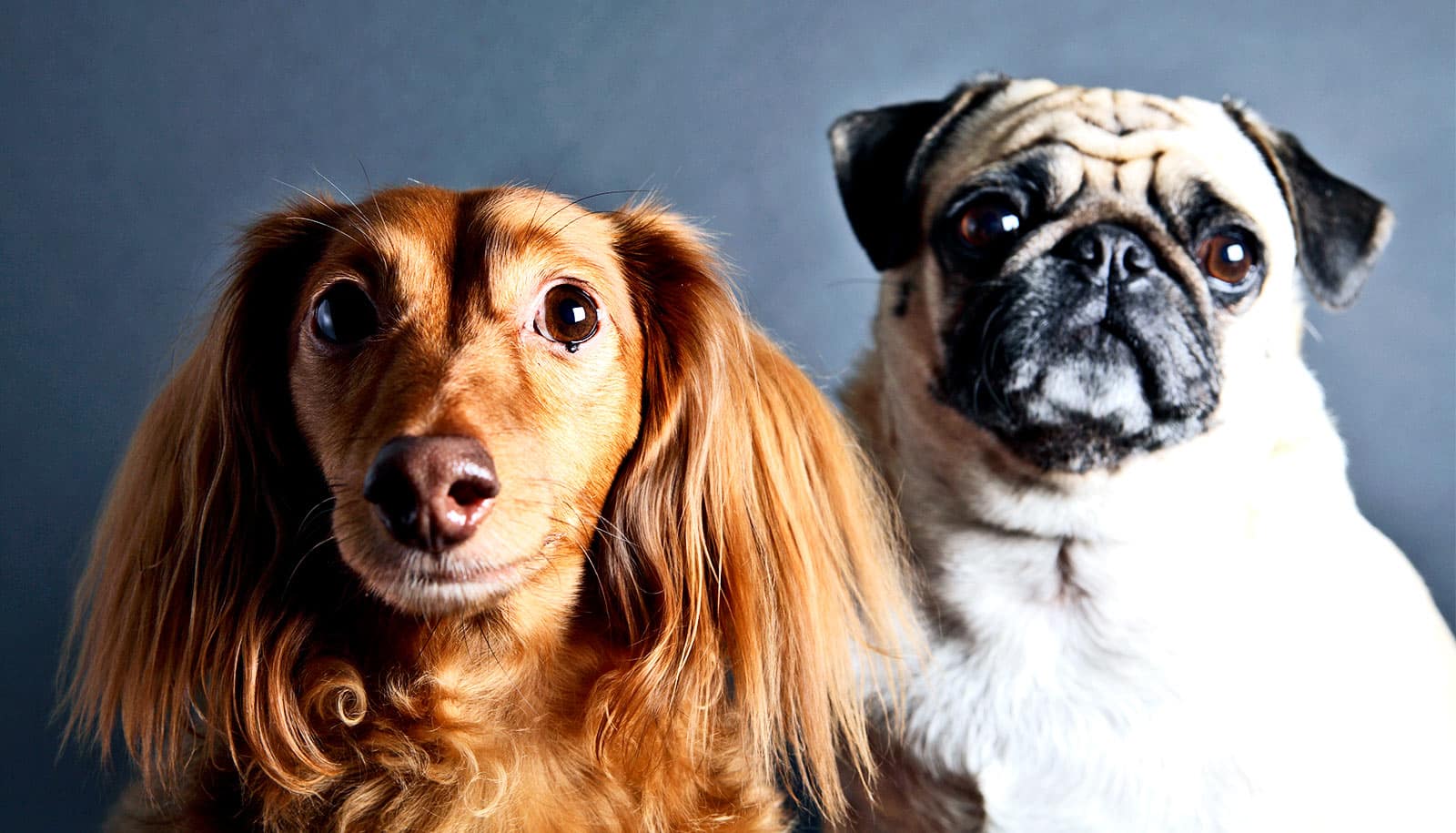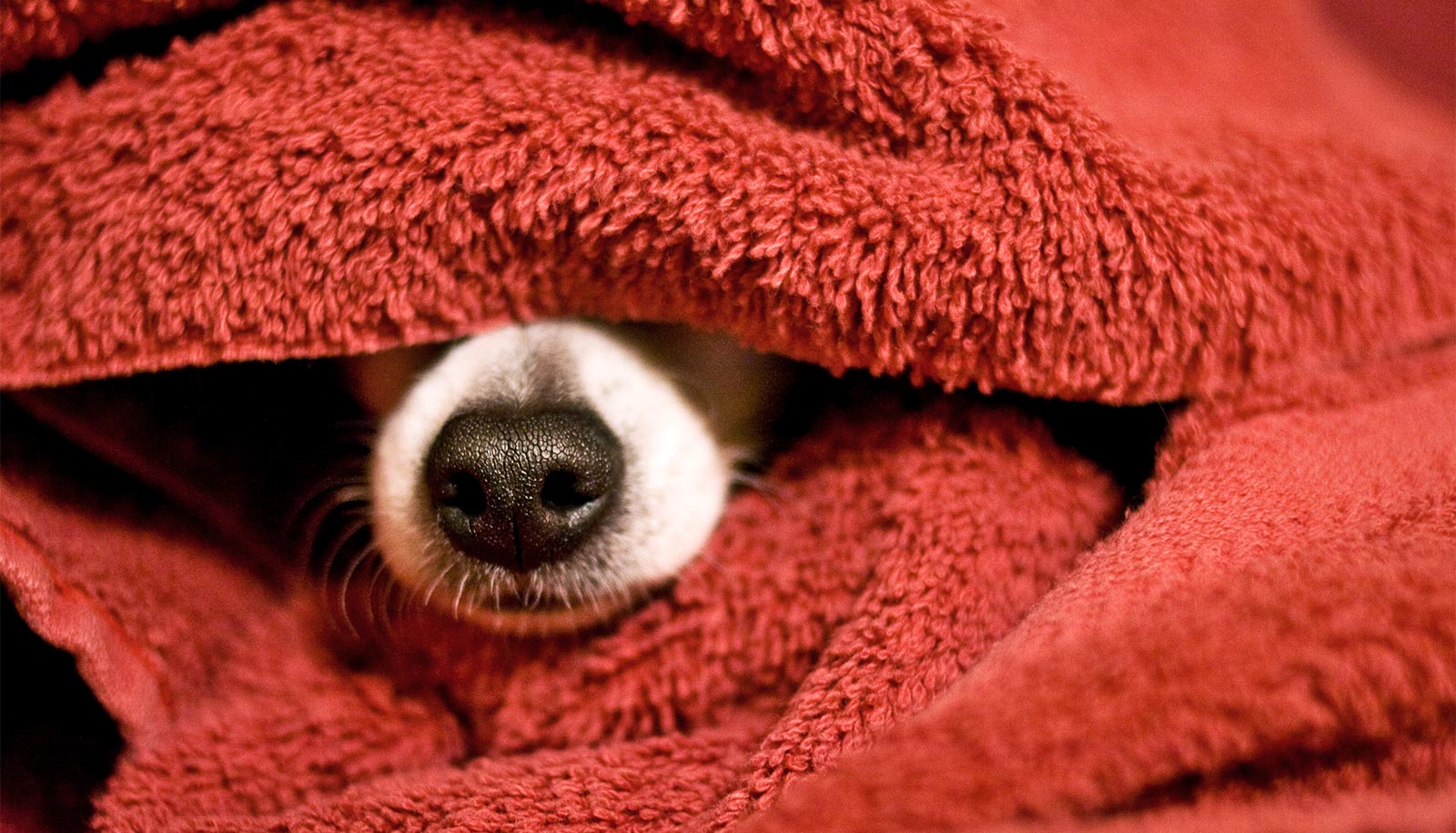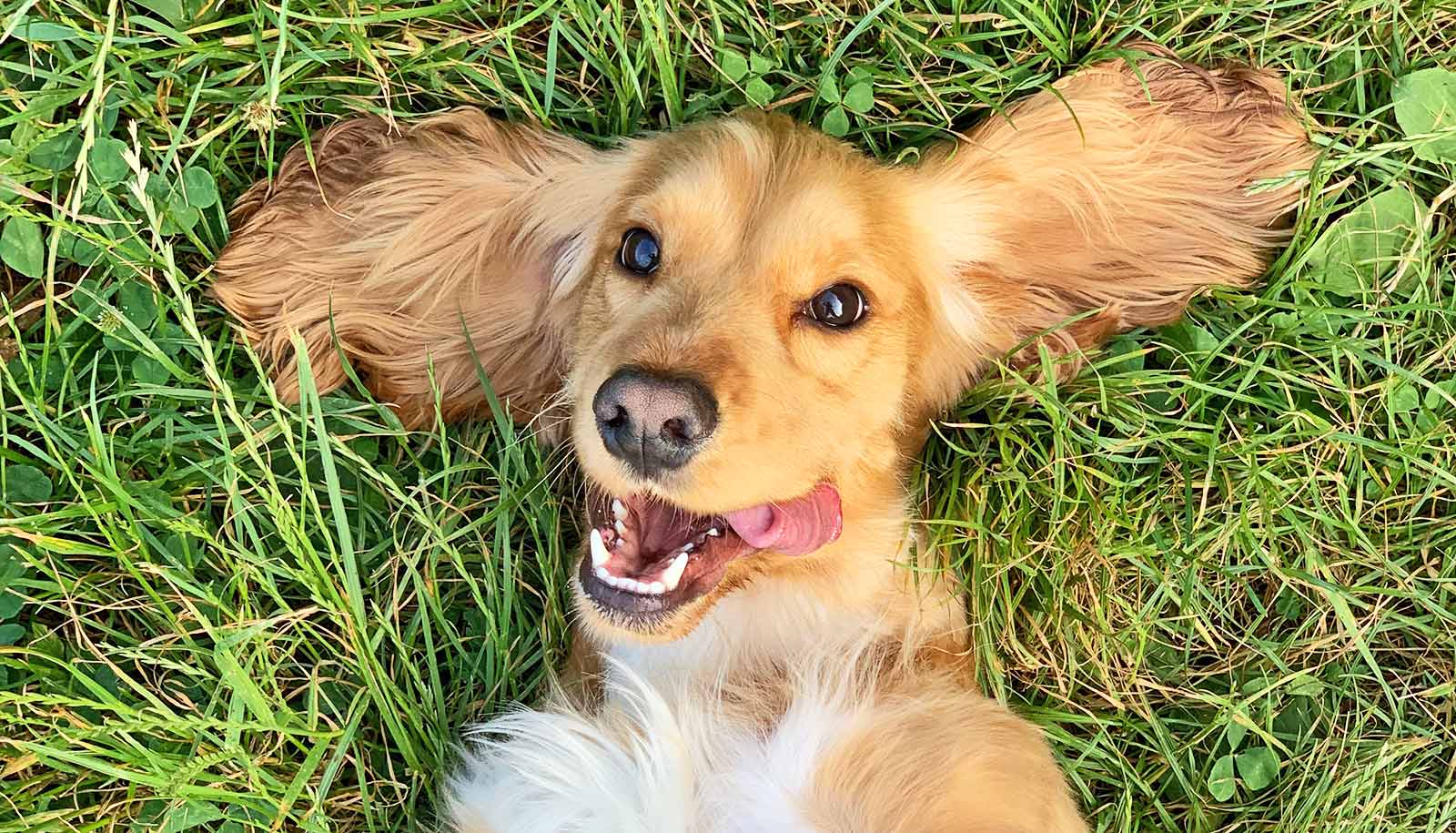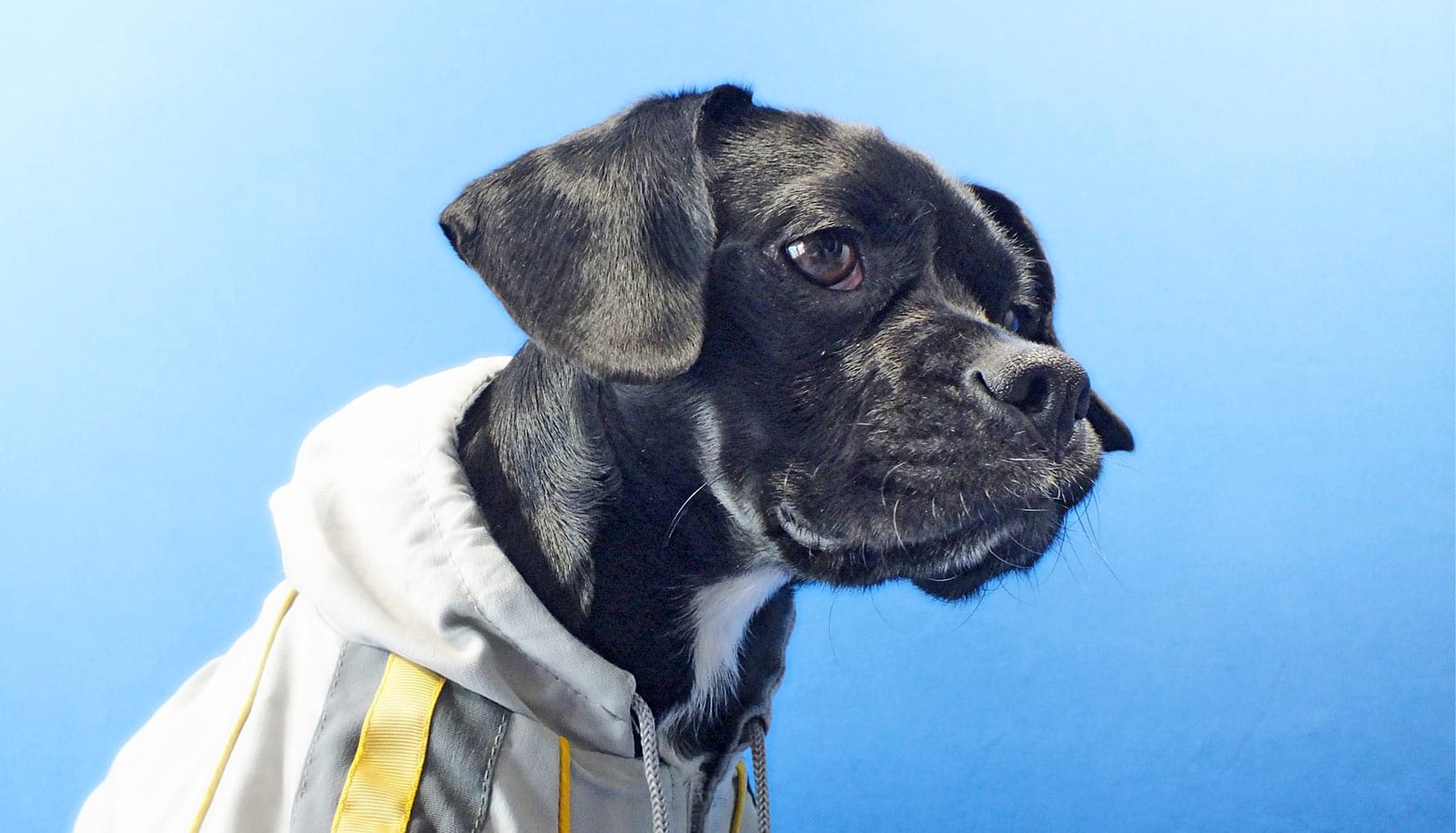The majority of canine breeds are highly inbred, contributing to an increase in disease and health care costs throughout their lifespan, according to a new study.
Dogs are often recognized for distinctive traits—the short legs of a dachshund, the wrinkled face of a pug, the spotted coat of a Dalmatian. Unfortunately, the genetics that give various breeds their particular attributes are often the result of inbreeding.
“It’s amazing how inbreeding seems to matter to health,” says Danika Bannasch, a veterinary geneticist at the University of California, Davis and lead author of the study in the journal Canine Medicine and Genetics.
“While previous studies have shown that small dogs live longer than large dogs, no one had previously reported on morbidity, or the presence of disease. This study revealed that if dogs are of smaller size and not inbred, they are much healthier than larger dogs with high inbreeding.”
Inbreeding affects dog health
The average inbreeding based on genetic analysis across 227 breeds was close to 25%, or the equivalent of sharing the same genetic material with a full sibling.
These are levels considered well above what would be safe for either humans or wild animal populations. In humans, high levels of inbreeding (3-6%) have been associated with increased prevalence of complex diseases as well as other conditions.
“Data from other species, combined with strong breed predispositions to complex diseases like cancer and autoimmune diseases, highlight the relevance of high inbreeding in dogs to their health,” says Bannasch, who is also chair in genetics at the UC Davis School of Veterinary Medicine.
The researchers partnered with Wisdom Health Genetics, a world leader in pet genetics, to obtain the largest sample size possible for analysis. Wisdom Health’s database is the largest dog DNA database in the world, helping researchers collect data from 49,378 dogs across 227 breeds—primarily from European sources.
So, what makes a dog breed more inbred than others? Bannasch says it’s often a combination of a small founding population followed by strong selection for particular traits in a breed—often based on looks rather than purpose.
While she has always had an interest in the population structure of some of these breeds, Bannasch became particularly interested in the Danish-Swedish farmdog several years ago. She fell in love with their compact size, disposition, and intelligence, and ended up importing one from Sweden.
Bannasch discovered that Danish-Swedish farmdogs have a low level of inbreeding based on their history of a relatively large founding population of 200, and being bred for function, rather than a strong artificial selection for looks.
And according to the insurance health data on breeds collected from Agria Insurance Sweden and hosted online by the International Partnership for Dogs, the farmdog is one of the healthiest breeds.
Managing breeding dog populations
The study also reveals a significant difference in morbidity between brachycephalic (short skull and snout) and non-brachycephalic breeds. While that finding wasn’t unexpected, the researchers removed brachycephalic breeds from the final analysis on effects of inbreeding on health.
In the end, Bannasch says she isn’t sure there is a way out of inbred breeds. People have recognized that creating matches based solely on pedigrees is misleading. The inbreeding calculators don’t go back far enough in a dog’s genetic line, and that method doesn’t improve overall high levels of population inbreeding.
There are other measures that can be taken to preserve the genetic diversity and health of a breed, she says. They include careful management of breeding populations to avoid additional loss of existing genetic diversity, through breeder education and monitoring of inbreeding levels enabled by direct genotyping technologies.
Outcrosses are being proposed or have already been carried out for some breeds and conditions as a measure to increase genetic diversity, but care must be taken to consider if these will effectively increase overall breed diversity and therefore reduce inbreeding, Bannasch says. In particular, in the few breeds with low inbreeding levels, every effort should be made to maintain the genetic diversity that is present.
The International Canine Health Award and the Maxine Adler Endowed Chair Fund supported the work.
Source: UC Davis



